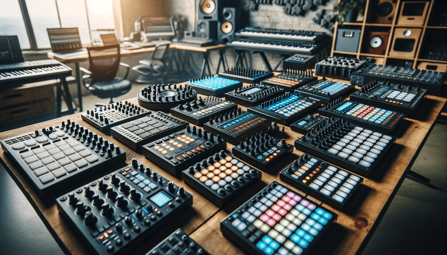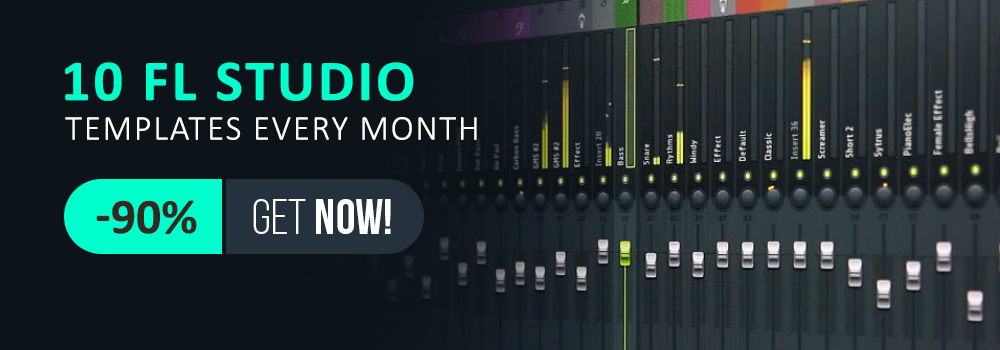Welcome to the pulsating heart of electronic music: drum patterns. These rhythmic foundations are vital to the energy and flow of your tracks. Today, we'll explore how to craft compelling and unique drum patterns that can elevate your music production to the next level.

Understanding Rhythm and Timing
Before diving into patterns, it's essential to understand rhythm and timing. The groove of your track largely depends on the placement and interaction of your kick, snare, hi-hats, and other percussive elements. Experiment with different time signatures and syncopation to create a unique feel.
Kick Drum: The Core of Your Beat
The kick drum sets the tone. It's not just about the pattern, but also the sound selection. A punchy, deep kick can drive an entire track, while a softer kick might lend itself to a more ambient vibe. Placement is key – a regular four-on-the-floor pattern is classic, but don't be afraid to break the mold.

Snare and Claps: Adding Character
Snares and claps provide a counterpoint to your kick. They add sharpness and character to your rhythm. Try layering different snare sounds for depth, or offsetting their timing slightly for a swing feel.
Hi-Hats and Cymbals: The Rhythmic Tapestry
Hi-hats and cymbals add texture and pace. Playing with open and closed hi-hat sounds, as well as varying their velocities, can create a lively, dynamic rhythm. Don't overlook the power of a well-placed ride or crash cymbal to accentuate parts of your pattern.
Percussion: The Spice of Life
Adding percussion elements like bongos, congas, or shakers can bring a new dimension to your beat. These sounds can fill in gaps and add an organic touch to an otherwise synthetic palette.

Programming vs. Playing
Whether you're programming your drum patterns or playing them on a MIDI controller, both approaches have their merits. Programming offers precision, while playing can capture a more human feel. Experiment with both to see what works best for your style.
Mixing and Effects
A great drum pattern also needs to be well-mixed. EQing each element properly, adding subtle compression, and playing with spatial effects like reverb and delay can bring your drums to life.
Conclusion
Creating compelling drum patterns is a blend of science and art. It's about understanding rhythm, experimenting with sounds, and not being afraid to break the rules. Remember, the best drum patterns are those that serve the song and enhance the overall feel of the track.

















_Cropped.png?width=1600&name=02%20(2)_Cropped.png)




















Your Comments :